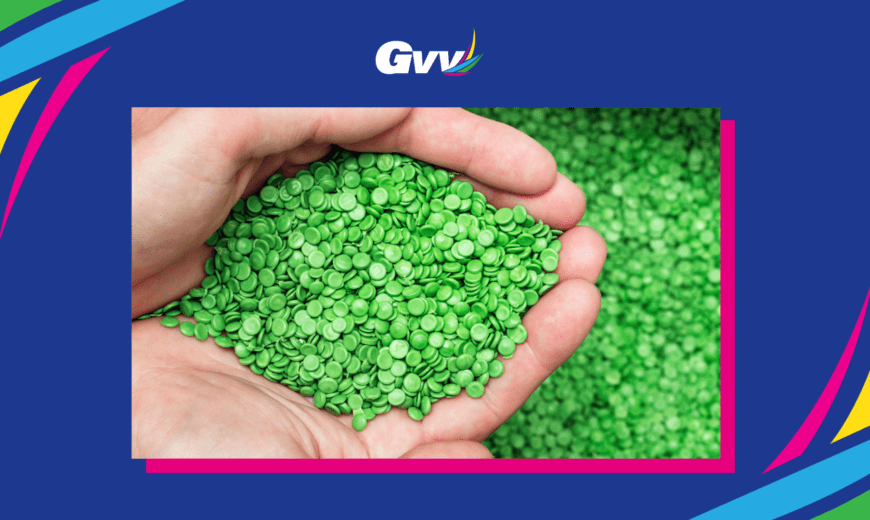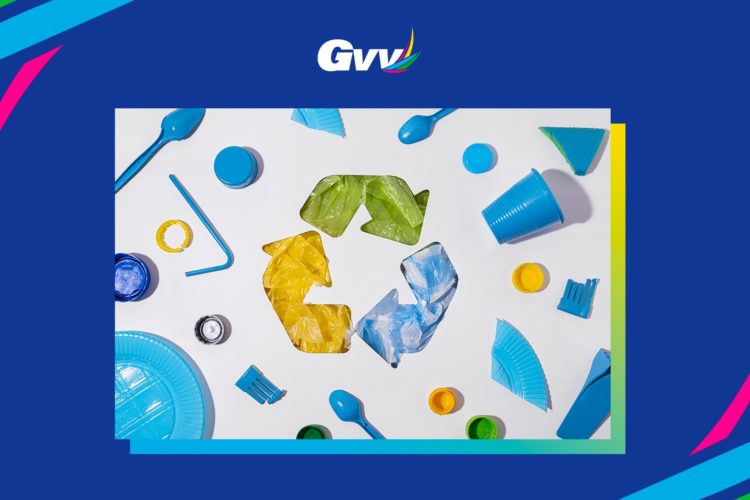
Discovering bioplastics
This is the age of plastic, the era when it is the absolute protagonist and has become “irreplaceable” in our everyday life. Cheap, versatile, durable and lightweight, it has been a revolutionary innovation accessible to all. It became the symbol of the “economic boom” and it is, even today, one of the most widely used and widespread materials in the world, as well as one of the most discussed and emblematic.
This invention disrupted our daily lives by allowing more and more people to access goods previously reserved to the privileged few, simplifying an infinity of gestures, coloring homes, revolutionizing habits established for centuries and helping to create the lifestyle defined as “modern”. However, its extraordinary features also ushered in the era of disposability, fostering the rise of an unsustainable system of production and consumption.
If we tried to make it disappear from our lives, we would have to do without most of the objects we use daily and constantly, which would be a utopian feat; however, growing consumer interest in issues such as sustainability or renewable resources have led to a significant increase in demand for products with a low environmental impact, thus spurring the search for innovative materials, alternatives to “traditional” plastic.
Therefore, dozens of companies, start-ups and individuals are investing in the search for solutions with which to replace this material, at least in its single-use form. And this is where bioplastics come in.
By definition, bioplastic, is nothing more than a material with characteristics equivalent to plastics in terms of strength, hygiene and versatility, but made with a biological base, which does not use materials of fossil origin such as coal or petroleum. The raw materials from which bioplastics are derived are many. They can come from agriculture or food waste, biomass, but they can also be algae, wood chips and many others. Anything, any organic compound on our planet can be a starting point for making bioplastics.
The term bioplastic is often, improperly, used as a synonym for biodegradable plastic, but they have two distinct meanings; as a matter of fact, not all bioplastics turn out to be biodegradable.
Biodegradability refers to the property of a material to degrade as a result of the action of certain microorganisms in a relatively short period of time (weeks or months). In some cases, some bioplastics are referred to as “durable” and, at the same time, some petroleum-based plastics are able to decompose faster than their bio-based counterpartsIt remains well established that materials made from bio-based bioplastics, when they decompose, do not, in any way, affect the surrounding environment, thus offering the unique opportunity to align the entire life cycle of plastics with natural cycles.



